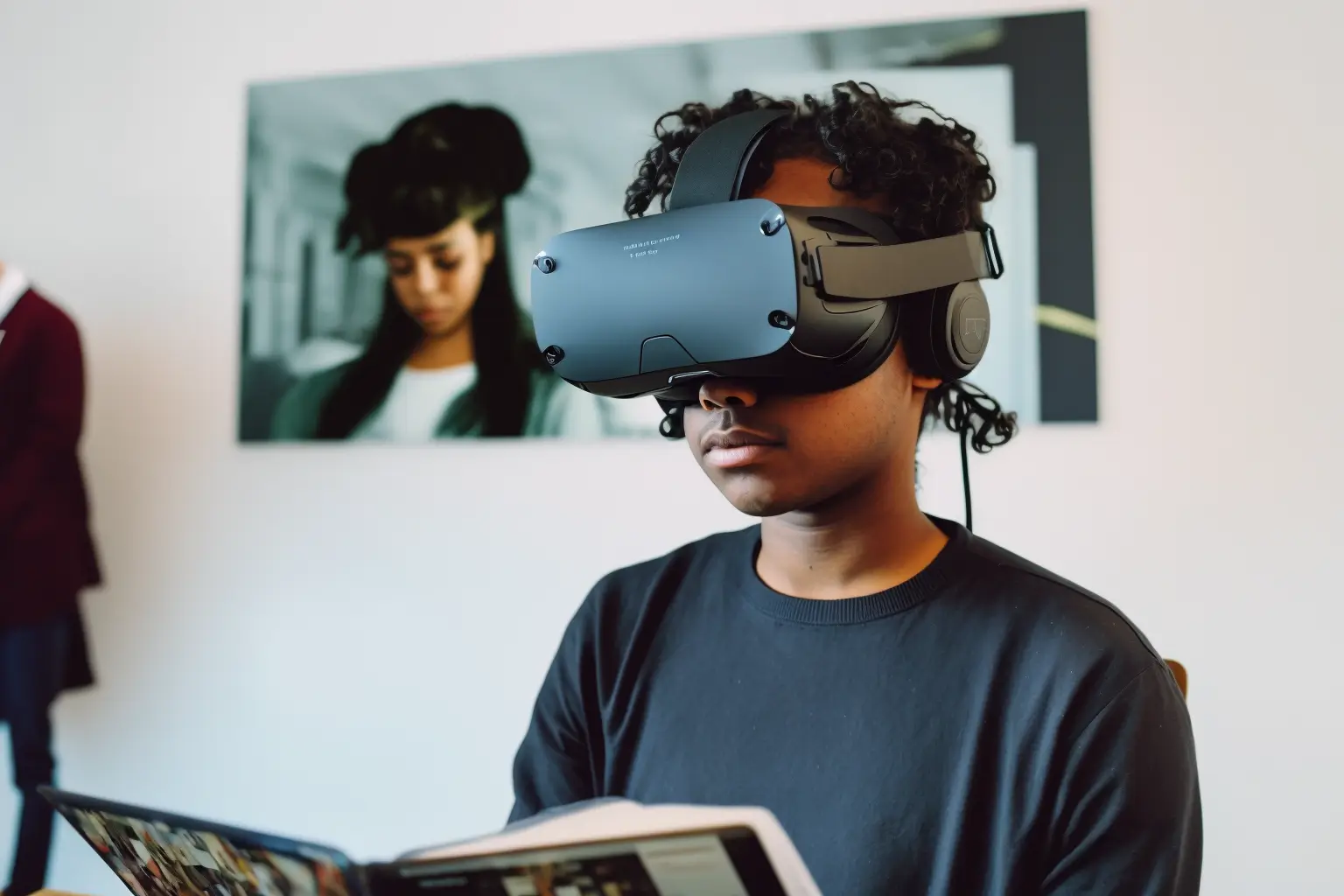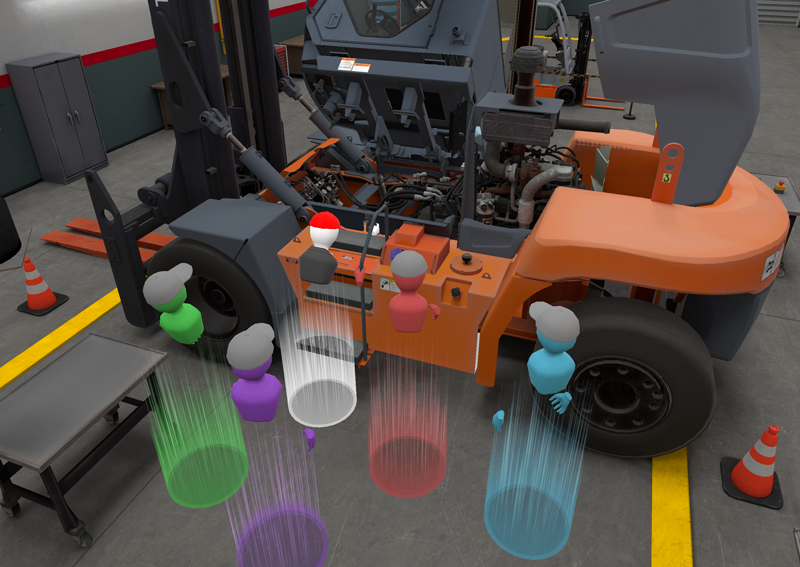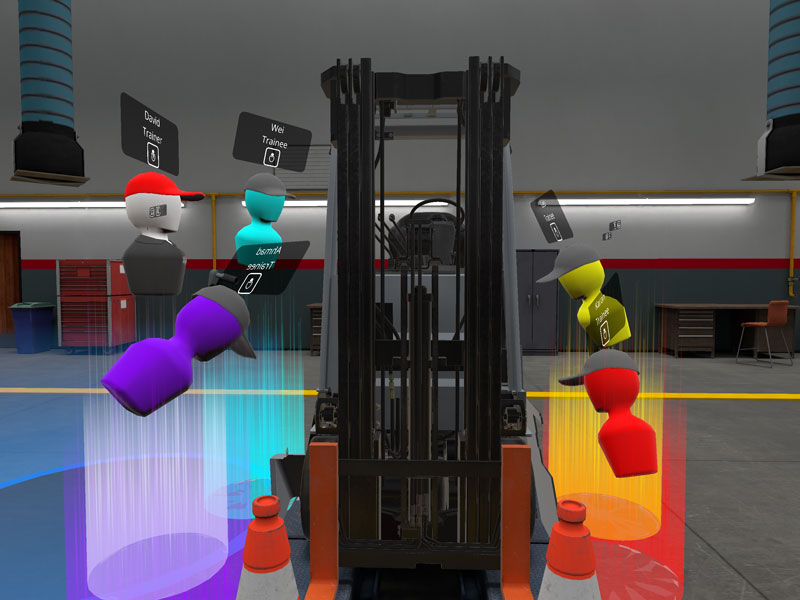
Virtual Reality technology has come a long way since its inception some time ago. Once considered a mere gaming novelty, VR is now making significant inroads into the business world. The concept of VR is pretty straightforward: a computer generates a realistic three-dimensional environment that users can experience through specialized headsets and devices. Typically in …The Future of Virtual Reality in the Workplace

The machines, technology, and equipment that keep industries running smoothly need a continual flow of talent to improve and operate efficiently. When that equipment is large, dangerous, or mistake-intolerant, workplace training injuries can become both a safety hazard and an obstacle to learning. The answer to maximizing productivity while eliminating injury comes from two unique …Eliminating Workplace Injury with Digital Twins and Virtual Reality

Virtual Reality (VR) and Augmented Reality (AR) training experiences make the impossible possible by providing safe and cost-effective training alternatives that look and feel natural. The fully immersive environment allows trainees to handle real-world scenarios, including dangerous situations, in a safe training experience. Training is becoming a more widespread use of VR in the enterprise, …VR Technology Empowers Safer Job Training while Reducing Costs

Virtual reality (VR) technology is opening more and more possibilities for businesses of all sizes, especially in the realm of corporate training. American businesses are expected to spend approximately $4.1 billion on virtual reality training software and other VR training products by 2024. It’s easy to see why VR employee training is so popular. VR …Virtual Reality in Corporate Training

As the metaverse unfolds and more and more companies are looking to join the fray we are seeing the progression of development life cycles of various hardware and software. Virtual reality headsets are getting smaller, faster, wireless, and more portable than ever before. As the hardware advances, we are also seeing a seamless transition on …Future of Virtual Reality: The OpenXR Framework & Meta’s Prototypes